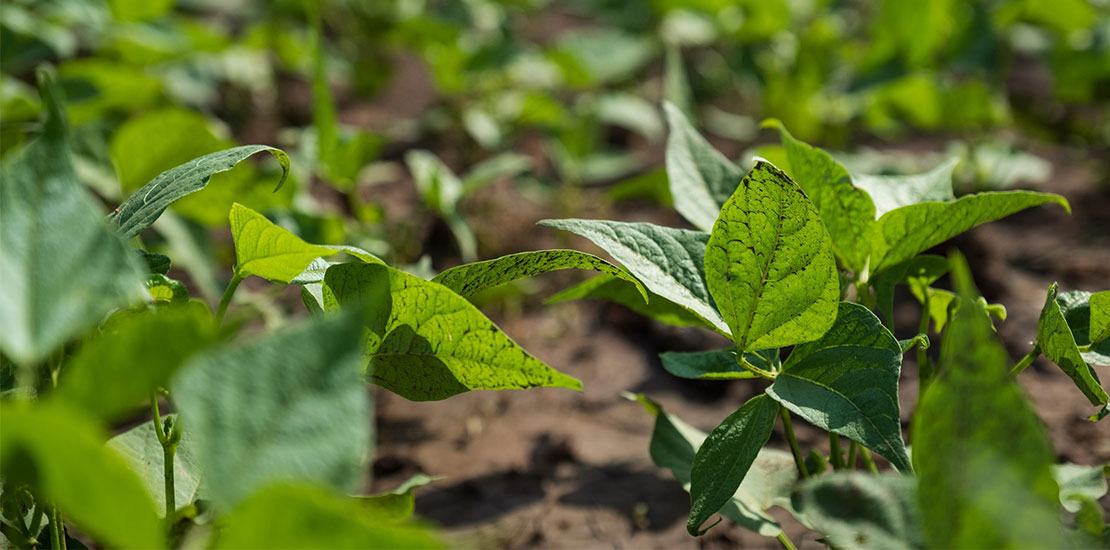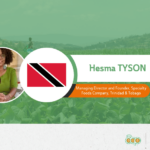Update on EU MRL changes – April 2022
- 12/04/2022
- Posted by: Gaetan Dermien
- Category: ACP EN, News

Changes to EU pesticide maximum residue levels
Since the start of 2022, we have been highlighting significant changes to EU MRLs that affect 23 active substances, 9 of which are important for ACP export horticulture.
The European Commission has also recently notified the World Trade Organization (WTO) of some additional proposed changes involving a further 5 substances, including 1 that is key for ACP horticulture (hexythiazox).
How will ACP producers/exporters be affected?
Changes to EU Maximum Residue Limits (MRLs) also apply to products that are exported to the EU. Growers producing for export may need to adapt their practices to meet the new MRL or, if this is not possible, stop using these products and look for an alternative method of pest management.
What should ACP producers/exporters do now?
For each use of the plant protection products (PPPs) involved, the Good Agricultural Practices (GAPs) in place will need to be checked and probably adapted to ensure compliance with the new MRLs. This is essential to prevent interception and destruction of merchandise at the border.
If you use these PPPs, it is important to liaise with your producer/exporter associations and national authorities to check that the GAPs you apply are compliant with the new MRLs. In most cases, adaptations will be needed (dose rate, number of applications, application method, pre-harvest interval).
If you have any major concerns about these changes, and fear that you will be left without an effective and locally available alternative, please contact COLEACP at: network@coleacp.org.
New MRL Changes Introduced in 2022
The European Commission (EC) has recently issued notifications of changes to plant protection product (PPP) maximum residue levels (MRLs) within the European Union (EU). These concern 23 PPPs (Table 1), including 9 key substances that are of particular importance for African, Caribbean and Pacific (ACP) horticulture. Key active substances are those used/registered in one or more ACP countries on horticultural crops that are frequently exported regionally or internationally.
The changes involve the following 9 PPPs:
- hexythiazox (applicable from 9 August 2022)
- acrinathrin (applicable from 14 February 2022)
- folpet (applicable from 14 February 2022)
- fosetyl-aluminium (applicable from 14 February 2022)
- spinetoram (applicable from 14 February 2022)
- spirotetramat (applicable from 14 February 2022)
- azoxystrobin (applicable from 14 February 2022)
- emamectin (applicable from 14 April 2022)
- maltodextrin (applicable from 14 April 2022)
For maltodextrin, the Authority evaluated this substance and concluded that no MRLs are required for maltodextrin and that it is therefore appropriate to retain this substance in Annex IV to Regulation (EC) No 396/2005 permanently.
Table 2 presents the new MRLs for crop-PPP combinations that are important for ACP horticulture.
Note that since January 2021, MRLs for Great Britain (GB) follow a different review process. The changes described above therefore do not apply to GB, and the MRL here may differ. MRLs for Great Britain can be consulted here: https://secure.pesticides.gov.uk/MRLs/search (note that EU MRLs also apply in Northern Ireland).
Further Proposed MRL changes
A further 5 proposed (draft) MRL changes have recently been notified to the WTO (Table 3), one of which is key for ACP horticulture (hexythiazox).
All draft regulations on MRL changes are notified to the World Trade Organization (WTO) under the WTO Sanitary and Phytosanitary Information Management System for a commenting period of 60 days. This obligation applies to all member countries of the WTO, as the lowering of MRLs might lead to trade barriers. This is an opportunity to be informed in advance of proposed changes, and to take any necessary action before the new regulation comes into force. It is also an opportunity to submit concerns about potential difficulties (trade barriers) that these changes could create. WTO member countries can submit comments via their WTO National Contact Point.
All MRL changes that have so far entered into force in 2022
Table 4 shows all new MRLs that have entered into force in 2022, including several that were introduced in 2021. If any PPP that you use on crops for export to the EU is listed here, we recommend that you check the regulation itself using the link provided. If you require additional information, or face particular problems as a result of these changes, please contact COLEACP at: network@coleacp.org.
This monitoring was carried out within under the Fit For Market SPS programme. Fit For Market SPS is a COLEACP programme, funded by the European Union within the framework of development cooperation with the Organisation of African, Caribbean and Pacific States (OACPS).





